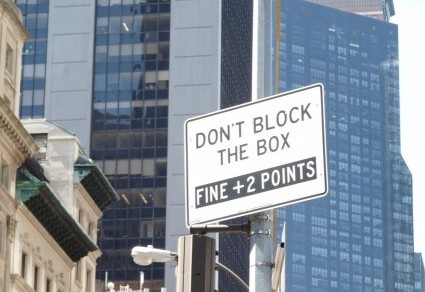Closing out 2015, I find three signs aptly express my feelings about this season. First:

Ten fingers? Check. Ten toes? Ditto. Sanity? Doubtful.
I checked the definition of “checkout,” which involves a summing up of obligations and payment thereof. This sign caught my eye, and not only because it signals a further decline in customer service. (I’ve just completed two transcontinental airline flights, so that topic is on much my mind.) What drew me is the “self” portion of the sign. January approaches, and like the Roman god Janus (who was probably not the source of the name “January”), I look both forward and back. But mostly I look inward, to “checkout” the state of my “self.” I won’t place my findings here – too private – nor will I stop as January ends. The unexamined life is not my style. Obsessive worrying, alas, is. (And yes, compulsive snark, too.)
Here’s the second sign:

To where?
I could insert a wish here – that the sign not be a prediction of my, your, or our collective future. But a daily dose of The New York Times shows, beyond a doubt, that a “rough road” is likely for all of us. Nor in good conscience can I insert a platitude – something about life’s bumps strengthening character. Sometimes life’s bumps lead only to bruises. Yet Yogi Berra – the late, great Yankee catcher and creative grammarian – gave good advice: When you come to a fork in the road, take it. Rough or not. After all, what’s the alternative?
Finally, no new year (and no New Year’s post) would be complete without a resolution. Mine begins with this sign:

Who wants to be “the top bell”?
I saw this sign behind a construction fence enclosing access to the Second Avenue Subway. It contains, in my opinion, the coolest job title ever. I resolve to become, by the end of this new year, “the top bell.” Whatever that is.











